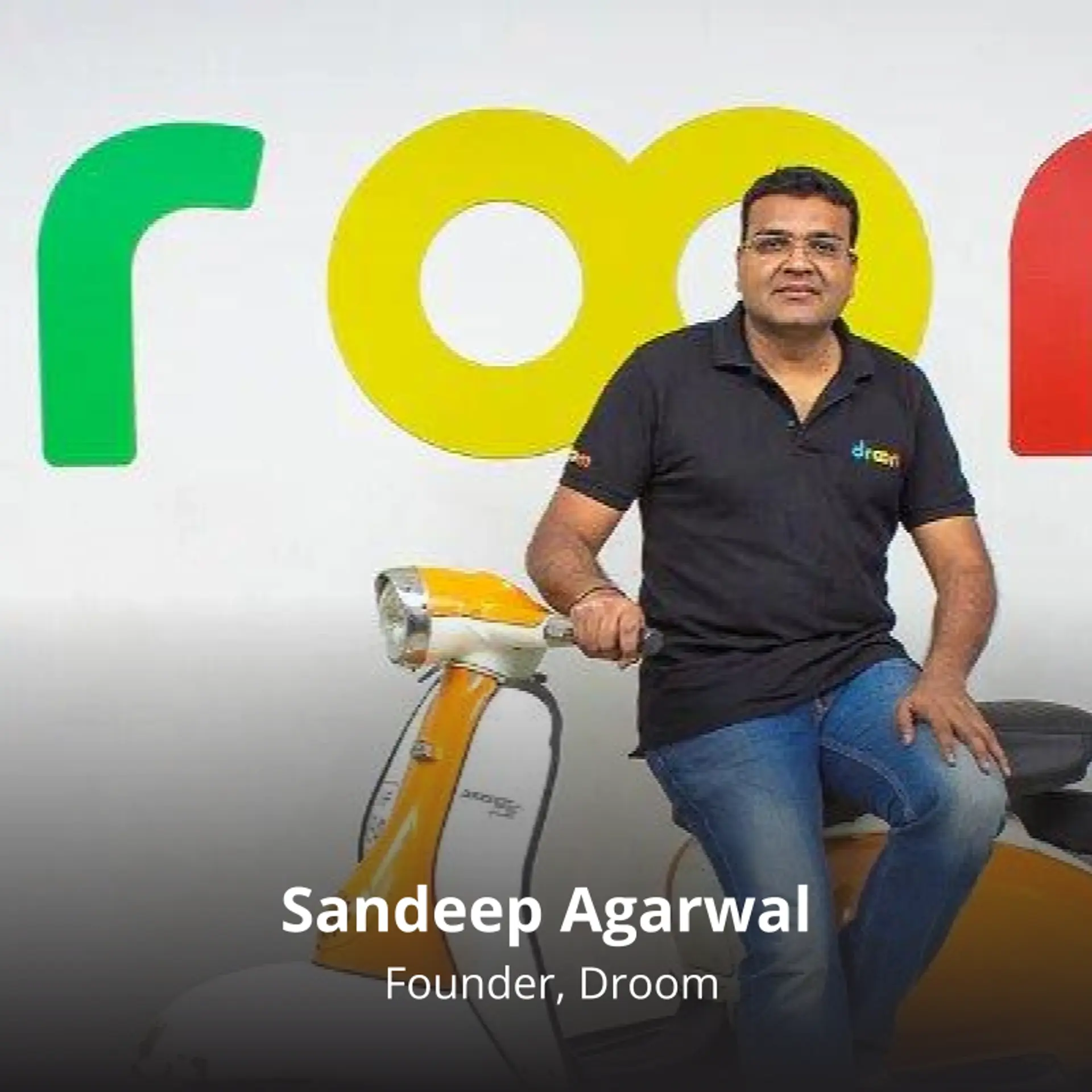The importance of embracing and encouraging young girls in STEM education
Encouraging young girls in STEM isn't just about achieving gender equality, but about unlocking the potential of societies as a whole.
I would say I'm an involved, hands-on father. I think fatherhood has changed me for the better and my son and I share a very close bond. But often, he seeks out his mum for certain discussions.
I asked him about this one evening, and his response blew my mind. He said, "If I need someone to listen to me, understand my point of view and let me work out my feelings, I go to mumma. Sometimes I don't need immediate solutions, papa."
His statement really got me thinking as to how men and women seem to respond differently to situations and how much we are losing out on in business by simply not having a women's perspective deeply baked into our processes and understanding of the problem statements we’re trying to solve.
Gender gaps in STEM can have negative consequences by influencing the products that STEM brings to society. According to a World Bank Group report, in the 20 leading economies, women account for only 26% of workers in data and artificial intelligence, 15% of workers in engineering, and just 12% of workers in cloud computing.
Are we catering to just one-half?
In a world that is dominated by discoveries in the field of tech and AI, it strikes a very discordant note when these are largely created by and for just 50% of our population, ie the men.
Take the example of your fitness tracking app. Most fitness apps are designed with a very masculine idea of fitness—muscle gain, competitive performance and strength training. While these may appeal to some women, it doesn’t cater to the diverse needs and preferences of most women. They have a very limited focus on women’s health concerns (programmers, please note, that just adding a period tracker to the app does not make it female-friendly) even the default avatars, personalisations and recommendations cater to a male user.

(Representational image)
Underrepresentation in technology
Women are underrepresented in technology, in terms of both employment and leadership. The irony? The earliest computer programmers were predominantly women because programming was thought to be an extension of clerical or administrative jobs.
During WWII, women were employed as ‘human computers’ and they performed complex mathematical calculations by hand or operated early electromechanical computers. A significant number of women laid the groundwork for the subsequent development of computing technology. However, as the field of computing matured, it started to evolve as a male-dominated field. So much so that the ratio of women to men in tech roles has declined in the past 35 years, with half of women who go into technology dropping out by the age of 35.
This lack of diversity can lead to products and services that do not adequately address the needs of women. It can also lead to inherent algorithmic biases. We know that AI-driven recruitment tools were found to have an inherent bias that favoured male candidates and inadvertently penalised applicants who were perceived to have terms associated with women.
The case for diversity
There is no question in my mind that diversity drives innovation. The more diverse the group in terms of gender, socio-economic backgrounds, perspectives and experiences, the broader the viewpoints, and ability of the group to achieve breakthrough innovations.
The 2023 McKinsey report "Diversity matters even more" found that companies in the top quartile for gender diversity on their executive teams were 39% more likely to experience above-average profitability than companies in the fourth quartile.
From personal experience, I know that it also helps us attract some of the best talent in the industry. Young talent is increasingly looking at the values and culture of the company that's wooing them, not just financial benefits. A company that creates an environment that caters to the diverse needs of its employees is often more highly valued than one that offers higher pay.
Closing the gender gap
India is ranked 127th on the global index of the Global Gender Gap Report 2023. Women are trailing behind men when it comes to health and survival, educational attainment, political empowerment, and most significantly economic participation.
When it comes to STEM professions, the disparity is even higher, with only 29% of the workforce consisting of women. The gender pay gap in India is among the widest in the world, with women, earning 21% of the income of men. A crucial component of this gap is the low enrolment of women in high-paying STEM-intensive majors at university.
If we want to build a more equitable future, we need to start by encouraging young girls to take up STEM subjects.
Role modelling and mentorship
We need more female role models at every level of seniority. Research suggests that the decline of women in computer science can be attributed to personal computers being marketed exclusively as toys for boys in the 1980s.
Female role models are important for young girls. They need positive women in STEM and as leaders to see who they can aspire to be. We've only recently started seeing an increase in female talent entering the workforce, however, they remain severely underrepresented at every level. This disparity is more pronounced with every level of seniority.
Even at the highest levels, women aren’t being paid at par with men. Add to that societal pressures where women are burdened with the ‘superwoman’ tag, inherently expecting them to take on the responsibility of being the primary caregiver for their families while juggling their careers. If women need to be at par with men as economic contributors, we also need a more equal distribution of the unpaid labour women in our families are expected to do.
Encouraging young girls in STEM isn't just about achieving gender equality, but about unlocking the potential of societies as a whole. STEM careers in the future will have the power to shape societies and for women to be part of this pivotal change isn't just the right thing to do, but the smart thing to do.
(Ravi Bhushan is Founder and CEO of BrightChamps.)
Edited by Kanishk Singh
(Disclaimer: The views and opinions expressed in this article are those of the author and do not necessarily reflect the views of YourStory.)








